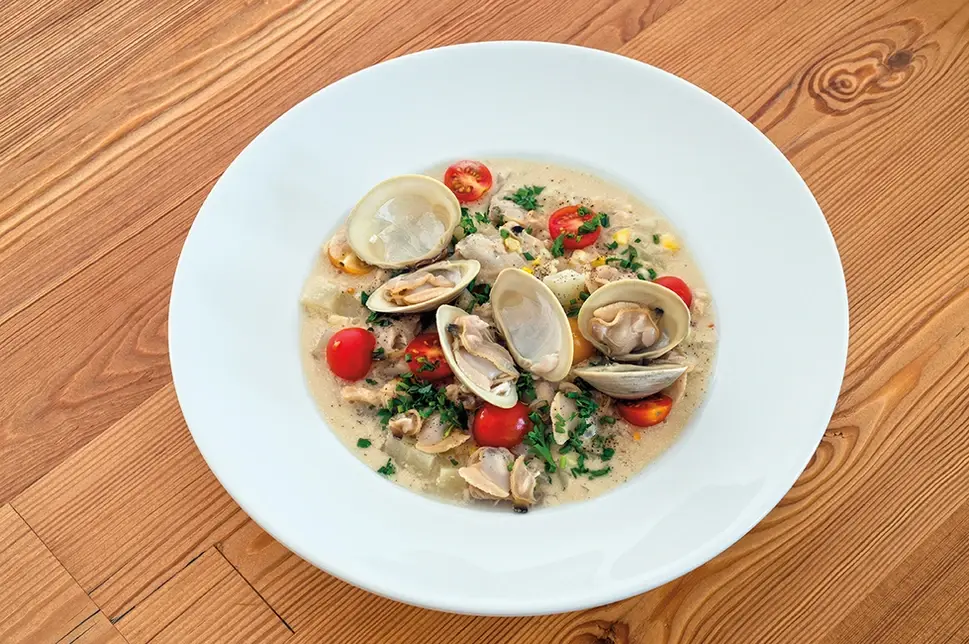Bayberry: Better than Bay Leaves?
- jordanmyersmiller
- Apr 27, 2024
- 2 min read
Updated: Apr 27, 2024

Bayberry plants perfectly encapsulate everything I love about being a chef. My full appreciation and discovery of this wonderful shrub hasn’t happened until recently, perhaps within the last several years or so and it continues to unlock its hidden potential as I incorporate it into more recipes and research. Morella pensylvanica grows extensively in New Jersey and the the general area of New England down to the coastal regions of the Carolinas. Bayberry shrubs dominated the landscape of my childhood and I considered them a symbol of local restaurants and motels that named their businesses “Bayberry” something to attract tourists. In grade school I learned that early settlers and local Pineys used the plant to make candles and other scented wax goods. The berries of the plant, when boiled in abundance, release a wax that can be collected and shaped into candles that smell like the New Jersey coastline (on a good day). The waxy berries also are an important food and cover for local bird species like the yellow dumped warbler. Bayberry does extraordinarily well in poor soil conditions because of its nitrogen fixing capabilities and thrives in the acidic, sandy soils of the Pine Barrens.
If you’ve made it this far I’m sure you’re asking yourself “Ok, but who gives a shit and how does this have anything to do with cooking?” Im happy you ask because the bayberry epiphany happened for me recently and I’m still giddy with excitement over the possibilities for its place in New Jersey’s food landscape. The young green leaves of the plant in spring are tender and fresh and can be eaten whole in soups or stews or chopped up into spice blends. The fresh green leaves are reminiscent of Classic Bay Leaves but are more floral and complex. The leaves taste best in spring when they are young and fresh but as the leaves mature, they develop woody and chewy textures that are unpleasant. Older leaves (fall into winter) bring bright floral notes into the equation and taste like bay leaves had a baby with juniper. They are hands down the coolest addition to the Dirty Jersey pantry and as time marches on I will continue to add recipes using Bayberry. Please let me know if you have any bayberry recipes or ideas!
Bayberry leaves in stocks and bone broths in place of Bay Leaves!
Use Bayberry to season your seafood chowders and soups for some fun play
with terroir!
I am going to brine bayberry buds this spring to see if they do well as a "caper".

Bayberry Spice Blend for Chicken
I like this recipe because of how stupid simple it is. It wonderfully highlights the complex flavors of Northern Bayberry and allows you to enjoy it on its own terms.
Ingredients
1 cup coarse salt
4 cups (roughly 100g - 120g) fresh young bayberry leaves
zest of 2 lemons
Procedure:
In a mortar and pestle, coffee grinder, spice grinder or food processor, grind or pulse ingredients until fully combined. Store in airtight container.
*I use this easy to make spice blend for seasoning chicken mostly but it also works great on fresh fish and seafood! I also use Bayberry prolifically in my New Jersey style Clam Chowder recipe I will share with you ion the future!




Comments